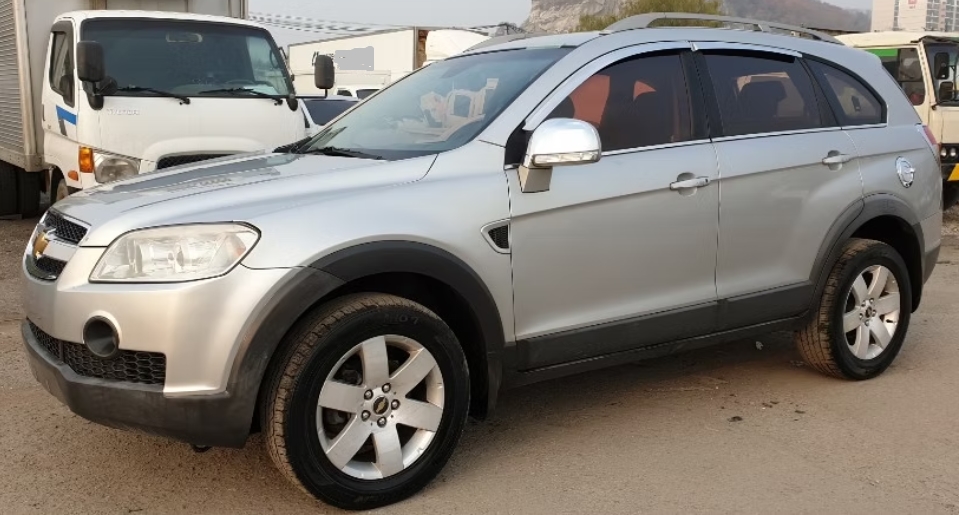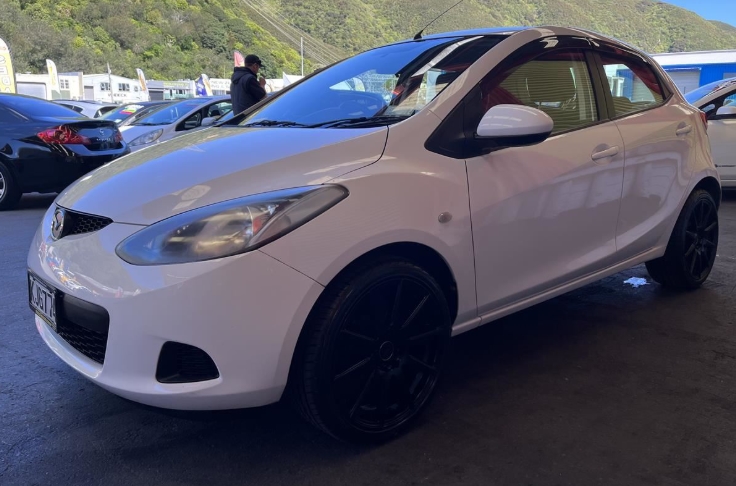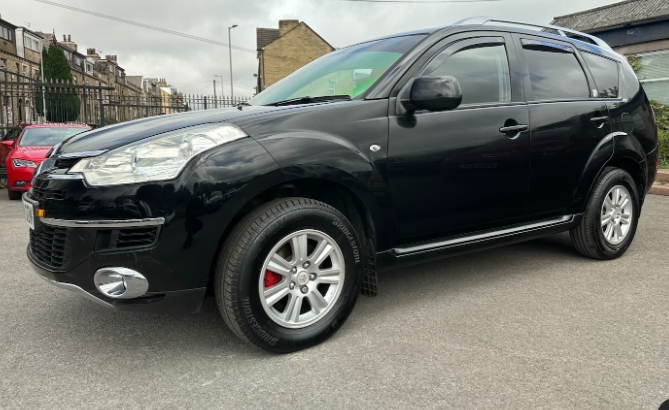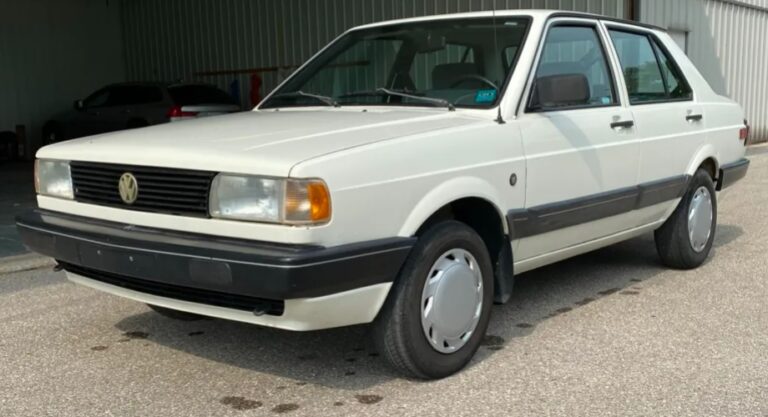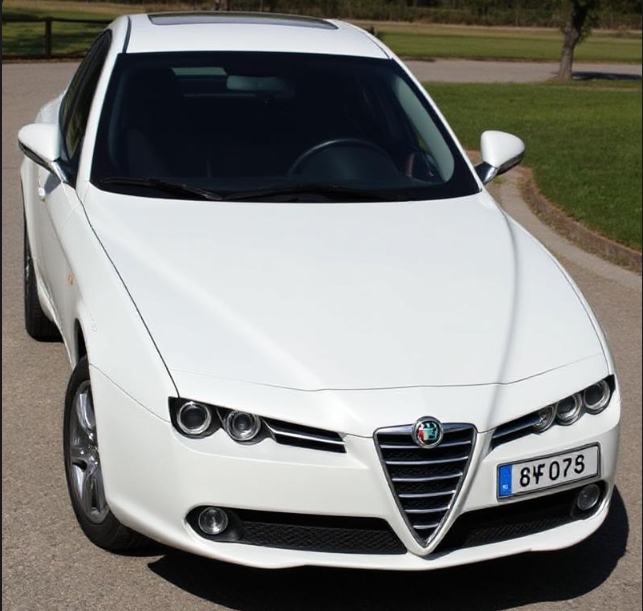The Evolution of the Daewoo Winstorm
The Daewoo Winstorm, also known in some markets as the Chevrolet Captiva, is a compact crossover SUV that marked Daewoo’s foray into the burgeoning SUV segment in the early 2000s. Its development reflected the global shift towards versatile, family-friendly vehicles that combined car-like handling with the utility of an SUV. Over its production lifespan, the Winstorm underwent several updates, model variations, and market adaptations, making it a noteworthy chapter in South Korea’s automotive history.
Origins and Introduction (2006–2009)
Development and Launch
The Daewoo Winstorm was officially introduced in 2006 as a replacement for the aging Daewoo Nubira-based SUVs. Its design was heavily influenced by GM’s global SUV platform, as Daewoo had been acquired by General Motors in 2002. The Winstorm was built on GM’s Theta platform, which it shared with other compact crossovers such as the Opel Antara and the Chevrolet Captiva.
Market Introduction
Initially launched in South Korea and subsequently exported to various markets including Australia, Southeast Asia, and parts of Europe, the Winstorm was positioned as an affordable yet stylish SUV option. Its design emphasized practicality, with a modern exterior, spacious interior, and competitive features.
Models and Trim Levels
In its early years (2006-2009), the Winstorm was offered primarily in two trims:
- LS: The base model, equipped with essential features such as air conditioning, power windows, and a basic audio system.
- LT: A higher trim with additional features including alloy wheels, upgraded audio, and sometimes optional leather seats depending on the market.
Powertrain options initially included:
- A 2.0-liter inline-4 gasoline engine producing approximately 141 horsepower.
- A 2.0-liter turbo-diesel variant was introduced later, particularly in European markets, offering better fuel economy and torque.
Transmission choices included a 5-speed manual and a 4-speed automatic transmission.
First Facelift and Model Refinements (2010–2012)
Facelift Highlights
In 2010, GM and Daewoo launched a facelift for the Winstorm, focusing on refreshed styling and updated features to stay competitive amid rising market expectations for SUVs. The facelift included:
- Redesigned front grille and bumper for a more modern look.
- Slight interior updates, including improved materials and additional technology options.
- Enhanced safety features such as stability control and additional airbags in higher trims.
Expanded Range
Post-facelift, the Winstorm’s lineup expanded:
- LTZ: A more premium trim featuring leather upholstery, premium audio systems, and power accessories.
- Sport/Tech variants: Some markets introduced sportier versions with styling packs, roof rails, and alloy wheel upgrades.
Powertrain options remained similar, but the diesel variants gained popularity in Europe and Asia due to fuel economy benefits.
Market Variations
By this time, the Winstorm was being marketed under different badges:
- Daewoo Winstorm in South Korea and some Asian markets.
- Chevrolet Captiva in North America, Australia, and Europe, aligning with GM’s global branding strategy.
Second Generation and Major Redesign (2013–2018)
All-New Model Introduction
In 2013, GM launched the second-generation Winstorm, which was globally recognized as the Chevrolet Captiva. This new model was based on an evolved version of GM’s global compact SUV platform, offering improved ride quality, safety, and technology.
Design and Features
The redesign marked a significant departure from the original, with:
- Modernized exterior with sharper lines and a more aerodynamic profile.
- Interior enhancements including touchscreen infotainment, Bluetooth connectivity, and improved seat comfort.
- Increased cargo space and passenger room.
Trim Levels and Options
The second-generation Winstorm/ Captiva lineup featured:
- LS: Entry-level, with basic features and manual transmission options.
- LT: Mid-range, offering alloy wheels, upgraded audio, and additional safety features.
- LTZ / Premier: Top-tier trims with leather seats, advanced safety systems, panoramic sunroof options, and premium audio.
Powertrain options diversified to include:
- 2.4-liter four-cylinder gasoline engine (~167 horsepower).
- 2.0-liter turbo-diesel engine (~150 horsepower) for markets emphasizing fuel economy.
- An optional 3.0-liter V6 was available in some markets, mainly for higher-end trims, producing around 224 horsepower.
Transmission options varied from 5-speed manual, 6-speed manual, to 6-speed automatic transmissions, depending on the engine and market.
Special Editions
Throughout this period, manufacturers occasionally released special editions, such as:
- “Urban” or “Sport” editions with unique styling cues.
- Limited editions with added luxury features or aesthetic upgrades.
.
THIS might be a great place to get your new car from!
Or for those who are into the “car flipping” business, here’s an excellent resource for you!

.
Discontinuation and Market Transition (2019–2021)
Phasing Out
By the late 2010s, the Winstorm/ Captiva faced stiff competition from newer SUVs and crossovers, as well as shifting consumer preferences towards more modern, fuel-efficient vehicles. GM announced the discontinuation of the Captiva in various markets around 2018-2019, with production ceasing by 2020.
Final Models and Trim Offerings
The final models retained familiar trim levels but saw limited updates:
- LS and LT trims with standard features.
- Premier trims included advanced safety features and optional panoramic sunroof.
- Powertrain options remained similar but with a focus on diesel variants due to stricter emissions regulations.
Legacy and Impact
Despite its discontinuation, the Daewoo Winstorm (Chevrolet Captiva) played a significant role in GM’s global SUV strategy. It introduced many markets to affordable, versatile SUVs and helped establish GM’s presence in the compact SUV segment during the 2000s and early 2010s.
Summary of Production Years and Models
| Year Range | Model/Generation | Notable Features | Common Trims & Variants | Powertrains |
|---|---|---|---|---|
| 2006–2009 | First Generation | Basic design, initial launch | LS, LT | 2.0L Gas, 2.0L Turbo Diesel |
| 2010–2012 | Facelifted Winstorm | Styling updates, safety features | LS, LT, LTZ | 2.0L Gas, 2.0L Turbo Diesel |
| 2013–2018 | Second Generation / Captiva | Modernized design, tech upgrades | LS, LT, Premier | 2.4L Gas, 2.0L Turbo Diesel, 3.0L V6 (some markets) |
| 2019–2021 | Discontinued | Final models, limited updates | Similar trims | Similar powertrains |
Conclusion
The Daewoo Winstorm’s evolution reflects the broader trends in the automotive industry, from basic, budget-friendly SUVs to modern, feature-rich crossovers. Its various models and trims over the years catered to a diverse range of consumers, adapting to market demands and regulatory environments. While the Winstorm is no longer in production, it remains an important chapter in GM’s global SUV history and a testament to Daewoo’s strategic moves in the competitive compact SUV segment.
